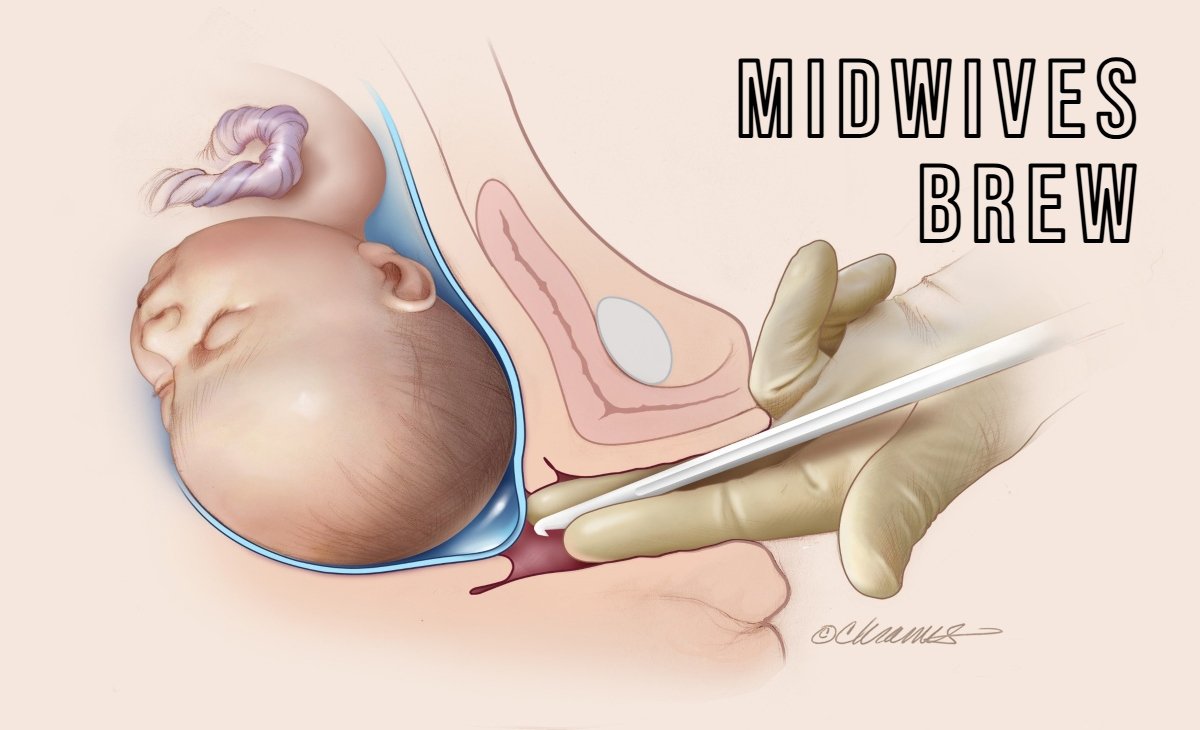Are you struggling to shed those stubborn pounds? Lipotropic injections might just be the solution you’ve been searching for. These innovative shots have gained popularity among those looking for effective weight loss options. But what exactly are ipotropic injections, and how do they work? In this comprehensive guide, we’ll delve into everything you need to know before considering them as a part of your weight-loss journey. From their ingredients to potential side effects, get ready to uncover the facts behind these intriguing injections!
Outline for “Ipotropic Injections Explained: What You Need to Know Before Getting One”
Understanding lipotropic injections is crucial before deciding on this weight-loss option. This guide explores their ingredients, effectiveness, procedure, and potential side effects. We’ll also compare them to other weight loss methods like semaglutide injections, highlighting safety and health benefits. Plus, we’ll provide practical advice for those considering this injectable treatment for their journey ahead.
You May Also Like: PDO Threads: The Future of Minimalist Aesthetic Treatments
1. Overview of Lipotropic Injections
Lipotropic injections are designed to promote fat loss by enhancing liver function and metabolism. These shots typically contain a blend of vitamins, amino acids, and other compounds that help the body break down fats more efficiently. Many people turn to these injections as a potential aid in their weight loss journey, seeking quick results alongside healthy lifestyle choices.
Lipotropic Injections Ingredients
Lipotropic injections typically contain a blend of vitamins and amino acids. Key ingredients often include methionine, inositol, choline, B12, and L-carnitine. These compounds work together to enhance fat metabolism and support overall health. Each ingredient plays a specific role in promoting energy levels while encouraging the body to utilize stored fat efficiently.
Do Lipotropic Injections Work?
Many people wonder if lipotropic injections deliver on their promises. Research suggests that they can aid weight loss by promoting fat metabolism and improving liver function. However, results vary among individuals. Combining these injections with a healthy diet and exercise often yields the best outcomes, making consistency key for those seeking effective results.
Lipotropic Injections Procedure
The lipotropic injection procedure typically involves a quick visit to a healthcare provider. After an assessment, the injection is administered intramuscularly, often in the arm or thigh. The process usually lasts just a few minutes, making it convenient for those with busy schedules. Minimal discomfort may occur at the injection site but generally subsides quickly.
Frequency and Dosage
Lipotropic injections are typically administered once a week, though some may prefer bi-weekly sessions. The standard dosage varies based on individual needs and health goals. It’s essential to consult with a healthcare provider for personalized recommendations, ensuring the right frequency and amount for optimal results while minimizing any potential side effects.
Side Effects and Precautions
While ipotropic injections can offer benefits, it’s essential to be aware of potential side effects. Common issues include nausea, headaches, and fatigue. In rare cases, allergic reactions may occur. Consult with a healthcare professional before starting treatment to discuss any pre-existing conditions or medications that could interact adversely with the injections for optimal safety and effectiveness.
Cost Analysis
The cost of ipotropic injections can vary significantly based on location and provider. Typically, individual sessions range from $25 to $75, while packages may offer discounts. Insurance coverage is often limited for these treatments, so it’s crucial to check your plan beforehand. Budgeting for multiple sessions is advisable if you’re considering this weight loss option.
2. Comparative Analysis with Other Weight Loss Methods
When exploring weight loss options, it’s essential to understand how lipotropic injections stack up against other methods. While some may prefer diet and exercise, others might find success with medications or therapies. Each approach has its pros and cons, making it crucial to consider personal goals and health conditions in choosing the right path for weight management.
Safe and Effective Alternatives
There are several safe and effective alternatives to lipotropic injections. These include dietary changes, regular exercise, and natural supplements like green tea extract or Garcinia Cambogia. Additionally, some people find success with programs that emphasize meal planning and accountability. Consulting a healthcare professional can help tailor an approach that best suits your needs and goals.
Lipotropic Injections vs. Other Weight Loss Treatments
Lipotropic injections focus on fat metabolism, making them a targeted approach for weight loss. Unlike general diet pills or surgery, they offer a more holistic method. Other treatments, such as appetite suppressants or invasive procedures, may have different mechanisms and risks. Each option has unique benefits that cater to individual needs and weight loss goals.
Lipotropic Injections vs. Semaglutide Injections
Lipotropic injections focus on fat metabolism and energy production, utilizing amino acids and vitamins. In contrast, semaglutide injections target appetite regulation by mimicking a gut hormone. While both support weight loss, lipotropics enhance metabolic processes, whereas semaglutide controls cravings. Choosing between them depends on individual goals and health considerations. Always consult a healthcare professional for tailored advice.
3. Understanding Health Benefits and Considerations
Lipotropic injections offer potential weight loss benefits, helping to enhance fat metabolism. Users may also experience increased energy and improved mood. However, it’s essential to be aware of risks like allergic reactions or gastrointestinal issues. Before starting treatment, consider your overall health status and consult with a healthcare professional for personalized advice.
Weight Loss Effects
Ipotropic injections are designed to aid weight loss by enhancing fat metabolism. They contain compounds like methionine, inositol, and choline, which work together to promote the breakdown of fat in the liver. Users often report improved energy levels and reduced appetite as they shed pounds more effectively than through diet alone.
Other Health Benefits
Beyond weight loss, ipotropic injections may offer additional health benefits. They can enhance energy levels and improve metabolism, helping individuals feel more active throughout the day. Some users report better mood regulation and reduced fatigue. Additionally, these injections could support liver function by promoting detoxification processes in the body.
Risks and Side Effects
While ipotropic injections can aid weight loss, they come with potential risks. Some users report nausea, headaches, and allergic reactions at the injection site. Rarely, serious side effects like liver damage may occur. It’s crucial to discuss any pre-existing conditions with a healthcare provider before starting treatment to ensure safety and suitability for your health needs.
Factors to Consider Before Getting Lipotropic Injections
Before opting for lipotropic injections, assess your overall health and medical history. Consider potential allergies to the ingredients involved. Consult with a healthcare professional to discuss expectations and possible interactions with medications you may be taking. Understanding your lifestyle, weight loss goals, and readiness for dietary changes can play a crucial role in your decision-making process.
4. Practical Information and Advice
When considering lipotropic injections, it’s essential to set realistic weight loss goals. Many people lose between 1-2 pounds weekly. Regular treatments typically span several weeks, with sessions ranging from once a week to bi-weekly. Safety is paramount; consult your healthcare provider about any pre-existing conditions and necessary lifestyle changes for optimal results.
How Much Weight Can You Lose?
The amount of weight you can lose with ipotropic injections varies by individual. Many users report shedding 1 to 2 pounds per week when combined with a balanced diet and exercise. Results depend on factors such as metabolism, lifestyle, and adherence to the treatment plan, making personal experiences unique in this journey.
Frequency and Duration of Treatment
The frequency of lipotropic injections typically ranges from once a week to every two weeks, depending on individual goals and health conditions. A treatment plan usually lasts several weeks to months. Regular assessments with your healthcare provider can help determine the optimal duration for achieving desired results safely and effectively.
Safety Concerns
Safety is paramount when considering ipotropic injections. Potential risks include allergic reactions, infection at the injection site, or adverse effects from ingredients used. It’s vital to discuss your medical history with a healthcare provider and ensure you’re receiving treatment in a licensed facility. Being informed helps mitigate risks associated with these injections.
Lifestyle Changes
Incorporating lifestyle changes alongside ipotropic injections can enhance weight loss results. Focus on a balanced diet rich in nutrients, regular exercise, and adequate hydration. Prioritize sleep and stress management to support your body’s natural processes. These adjustments not only boost the effectiveness of the injections but also contribute to long-term health improvements.
5. Conclusion and Recommendations
If you’re considering ipotropic injections, it’s essential to consult with a healthcare professional. They can assess your individual needs and provide guidance tailored to your health goals. Research is vital; understanding the potential benefits and risks will empower you in your weight loss journey. Stay informed, and prioritize safety while pursuing effective solutions for lasting results.
Key Takeaways
Ipotropic injections can support weight loss by enhancing fat metabolism. They contain a blend of vitamins and amino acids to boost energy levels. While they may offer benefits, potential side effects and the need for lifestyle changes must be considered. Consulting with a healthcare professional is essential before starting any treatment plan involving these injections.
Further Resources
For those interested in learning more about ipotropic injections, numerous resources are available. Explore reputable health websites, consult with certified nutritionists, or read scientific journals on weight loss treatments. Online forums can also provide personal experiences and insights from others who have undergone these injections. Always prioritize trustworthy sources when seeking information.
Consultation and Next Steps
When considering ipotropic injections, the first step is to consult with a healthcare professional. They can evaluate your health history and discuss your weight loss goals. This personalized approach ensures that the treatment aligns with your needs.
After consultation, you’ll learn about effective dosages and frequency tailored for you. It’s essential to combine these injections with healthy lifestyle choices for optimal results.
Stay informed about potential side effects and adjustments needed during treatment. Regular follow-ups will help track progress and make necessary changes.
Take time to explore various options before committing fully; it’s all part of making an informed decision on your weight loss journey.








